Co-written with Laura Yarrow, Head of Design at HM Land Registry.
Last August, we began an ongoing partnership with HM Land Registry, supporting and developing their user centred design and research capability. This is a crucial part of their journey to deliver a new generation of services that truly puts people at the heart of land and property registration.
As part of this work, we’ve been co-creating a design maturity model to lead conversations about how design is embedded and how it can shape ways of working in different programme areas and teams. This model and the process around it are still in the early stages of development, but in the spirit of working in the open, we’re showing our progress with the wider design community.
The importance of design
Design is as much of a mindset as a collection of skill sets. Across the public sector and central government, we’ve seen examples of where design can truly add value to how organisations and services work.
With less design maturity in an organisation, design might be constrained to translating requirements into fixed decisions about how things should work, often feeding into the work of engineering and development teams. But design can offer value beyond how products and services are built and tested. It can help teams prioritise and build the right solutions with usable, accessible products and services.
Design creates value through problem framing and creative processes, including the creation of visual artefacts. Together, these encourage a shared understanding that underpins strategic decision making, providing organisations with a set of methods for supporting how entirely new service models are designed, tested and scaled.
Thinking about design maturity can help organisations create stronger links between the policy, products and capabilities they’re delivering while connecting the work back to a vision or strategic goal. Design adds value through this alignment of delivery priorities, making sure an organisation's tools, products and processes work together. This is what helps create and maintain consistent, joined-up experiences that work flexibly to meet different needs.
Creating a maturity model
Beginning this project with HM Land Registry, we observed how design worked in different teams and the wider organisation. There was a real opportunity to define a shared understanding across the wider team. We wanted to give different people the ability to say “this is where we are as an organisation, this is where this particular team or service is and this is where we want to be”.
We’ve spoken about our digital maturity framework at other organisations. At HM Land Registry, we felt there was an opportunity to take a similar approach, this time with clear actions around different levels of design maturity and what this looks like in practice e.g. team topology, structure or processes. We wanted to highlight the activities around ways of working that would support the implementation of design in the future.
Engaging communities at HM Land Registry
We reflected on existing frameworks to eventually define five stages of design maturity for HMLR. We built upon existing thinking on digital maturity assessments and reviewed examples outside of the public sector such as Invision’s design maturity model.
We took the first draft model in a spreadsheet to the HM Land Registry design community to talk about their experiences. Their stories told us how design existed in both delivery and strategic contexts, helping us paint a picture of design at HM Land Registry. Engaging this community and hearing their experiences helped us to create a visual language to tell a story about the current state and ambition for design at HM Land Registry.
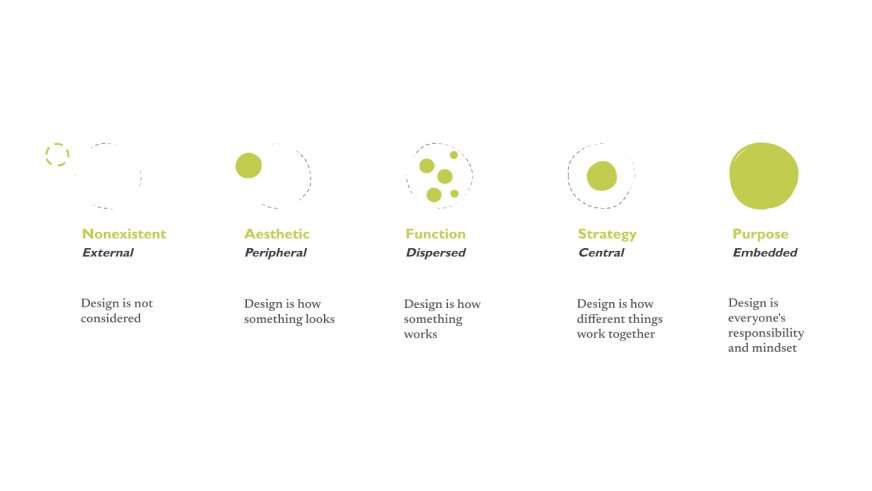
The layers of design maturity
Once we had an idea of the five stages from low to high, we broke down the different layers that added up to mature design practice.
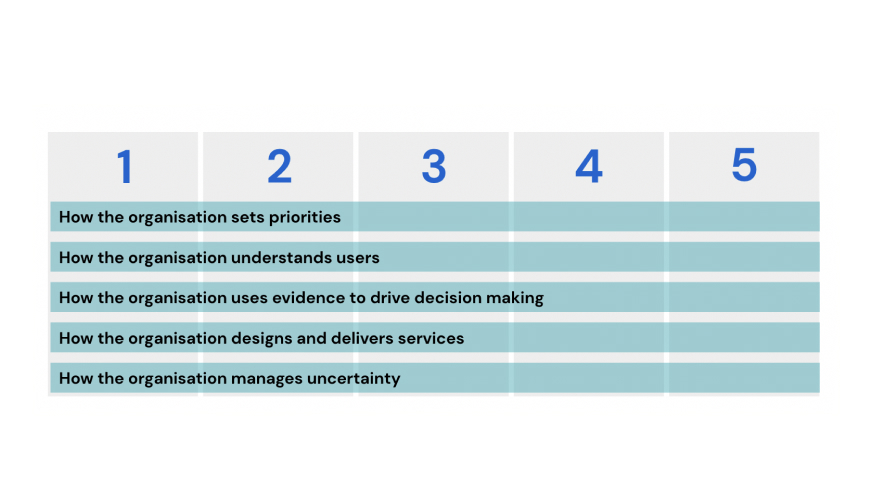
- how the organisation sets priorities
- how the organisation understand users
- how the organisation uses evidence to drive decisions
- how the organisation designs and delivers services
- how the organisation manages uncertainty
The community began using the model to reflect on their own teams and the wider organisation. Asking these questions and thinking critically is the next step in moving from awareness to action. Creating a space between these levels has allowed the team to explore what tactics would take their organisation from one level to the next and how they can start.
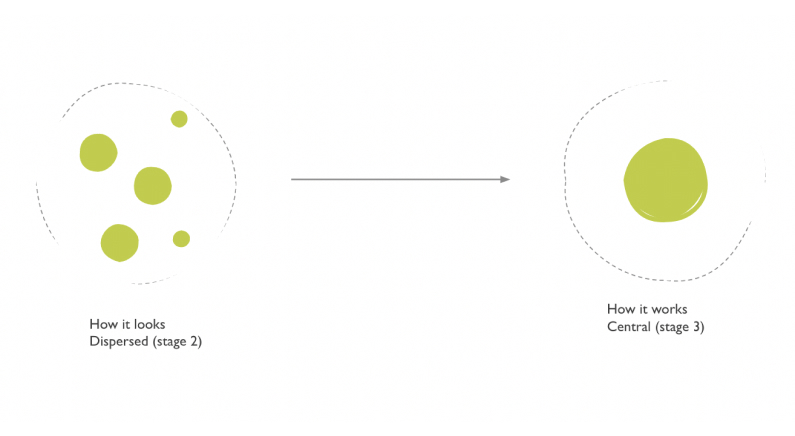
- design and research involvement in early roadmap conversations to ensure we have a problem to solve, our evidence and key questions
- product teams document the core proposition for what we're delivering and why
- document how products; offline and online components fit together in end-to-end journeys
- document design decisions, what we're testing and why
encouraging cross-practice collaborations, education and communication - creation of design-adjacent practice charters
A design maturity approach for government
The model now exists as a conversation tool to discuss the current status of design in HM Land Registry, what the future direction is and how to get there. It’s a tool that can start conversations with other practices across government organisations, including those not experienced with design, about what it really means to be user-centred.
We’ll be taking the model on tour to different teams across HM Land Registry. The maturity model will encourage awareness as we talk about what it means and how we can support them in their change journey to becoming an organisation that truly puts people at the heart of its services.
*Models have been adapted and extended from work done by Junginger, S. Design in the organization: Parts and wholes. Design research journal, 2, 9 (2009) Swedish Design Council (SVID) 23-29.
Our recent design blog posts
Transformation is for everyone. We love sharing our thoughts, approaches, learning and research all gained from the work we do.
-
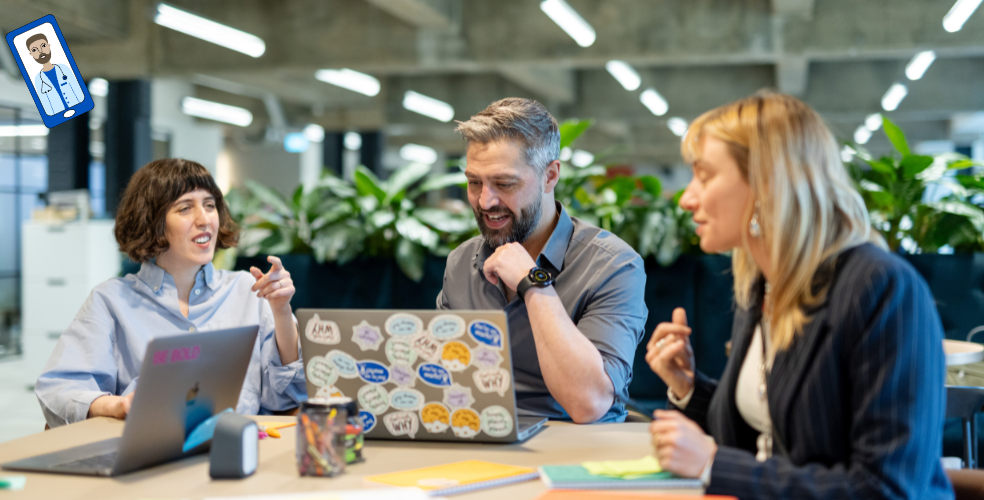
Designing for users who don’t exist (yet)
Read blog post -
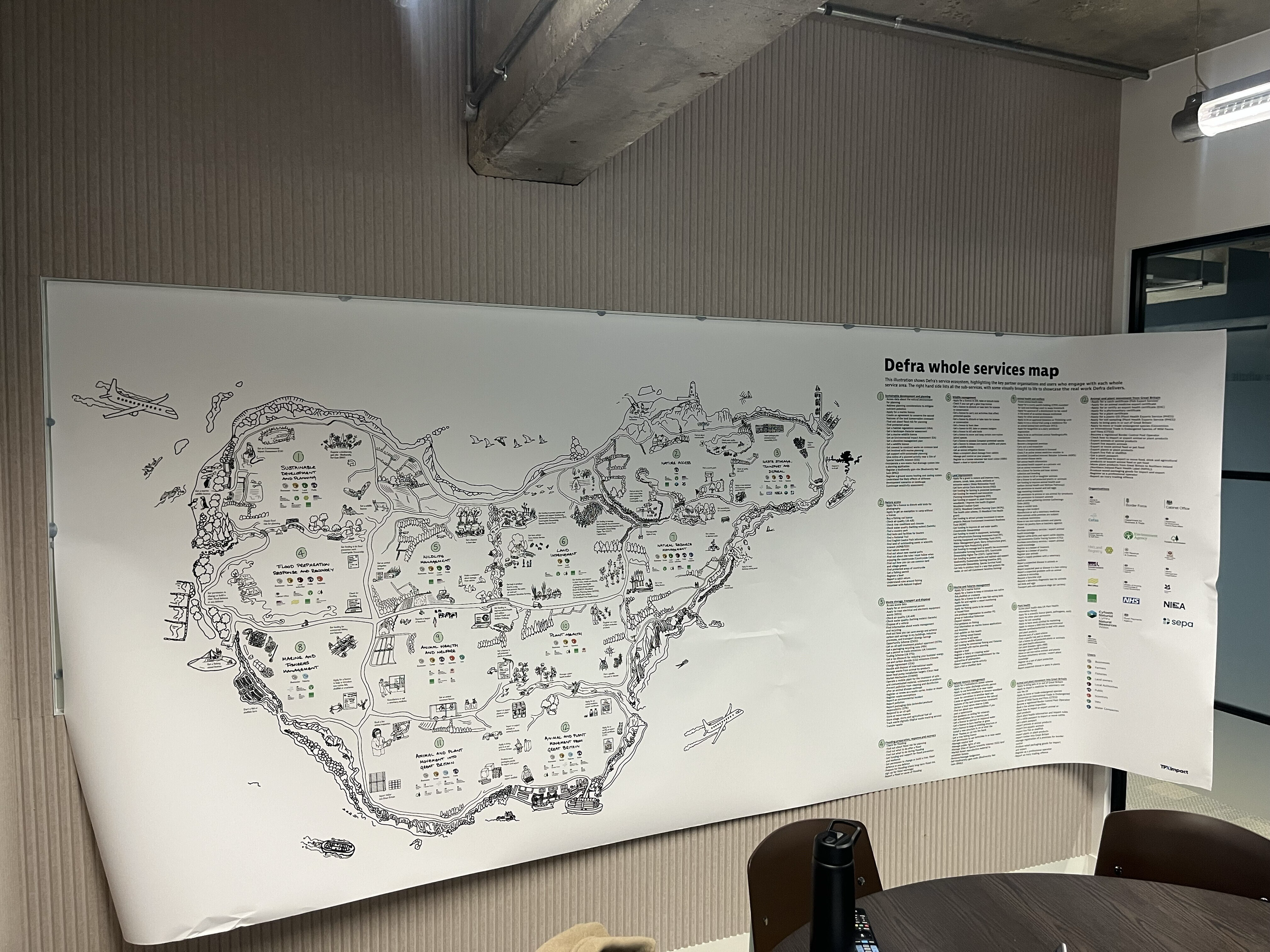
Beyond a blueprint: Visualising whole service areas
Read blog post -

Supporting build phases of work with service design
Read blog post -

Reflections and learnings from Green IO London
Read blog post
